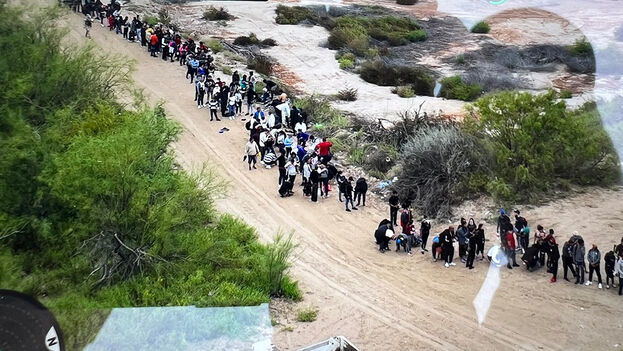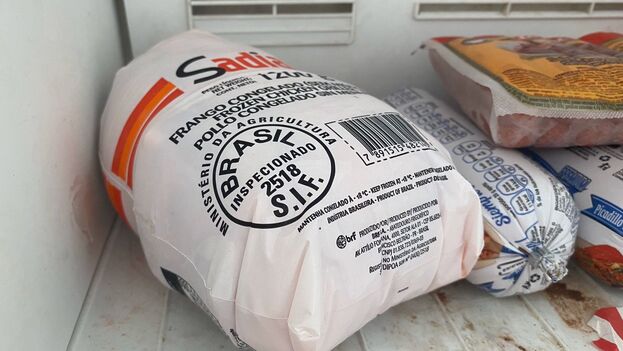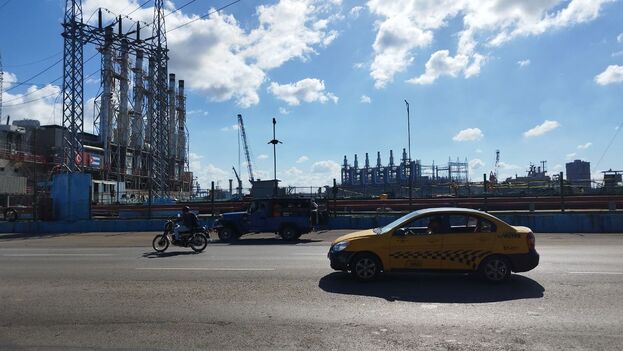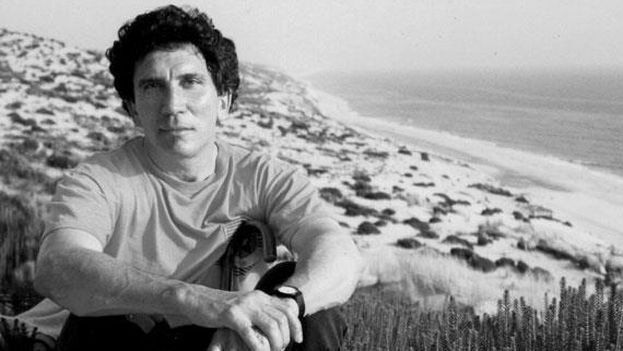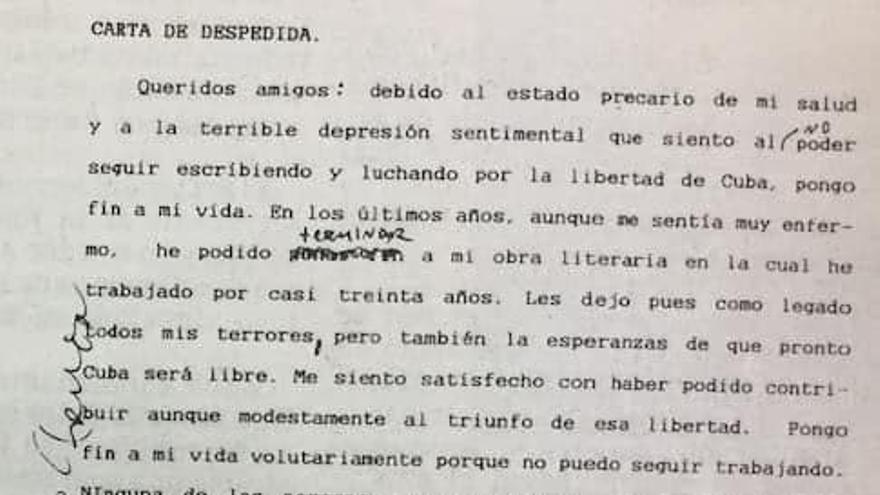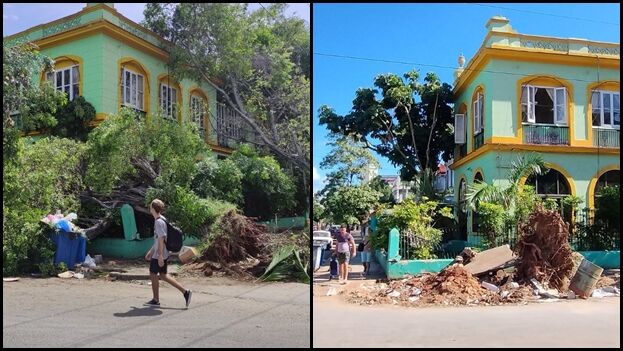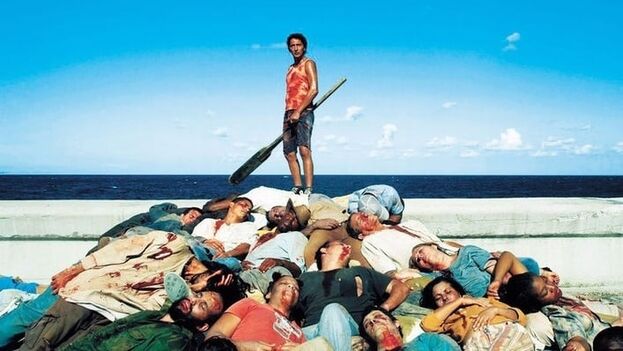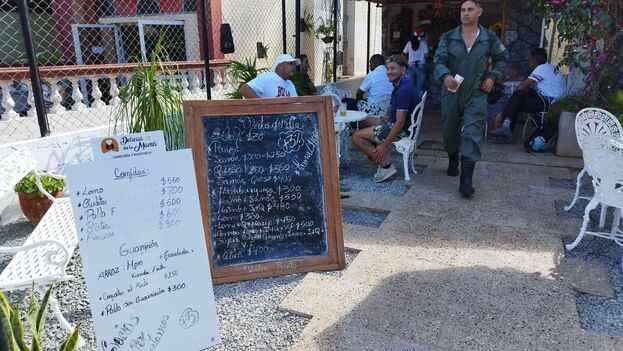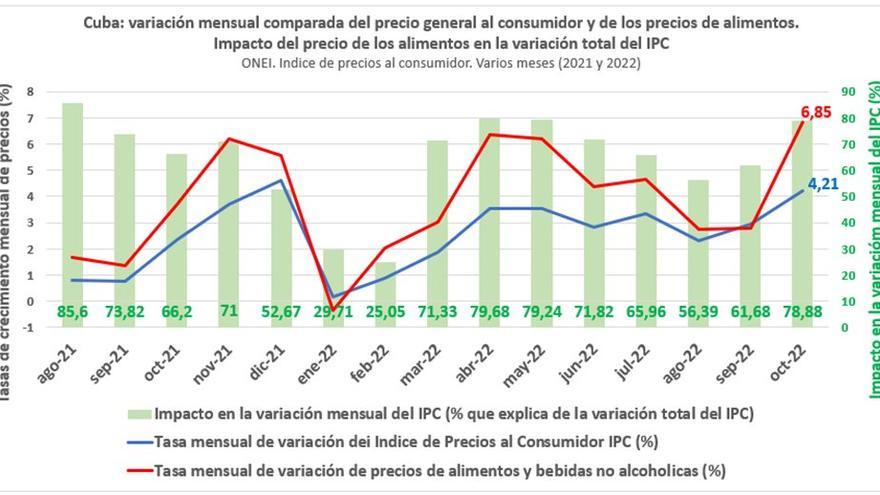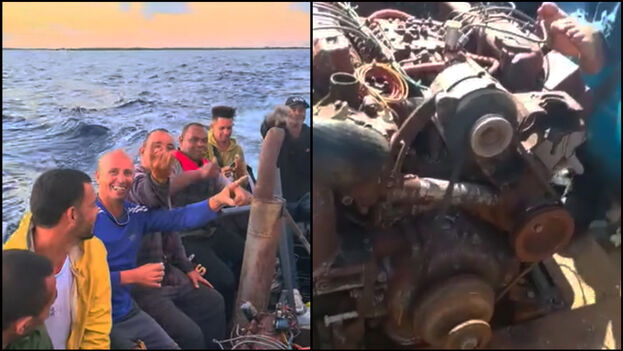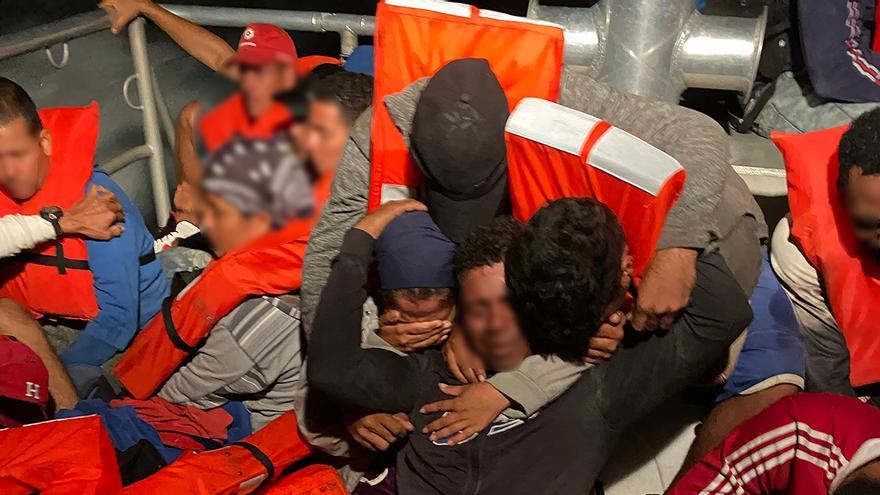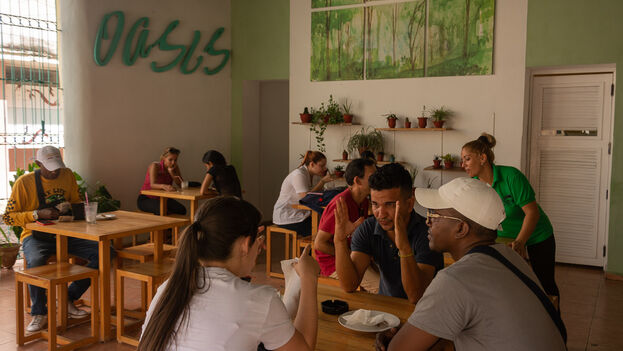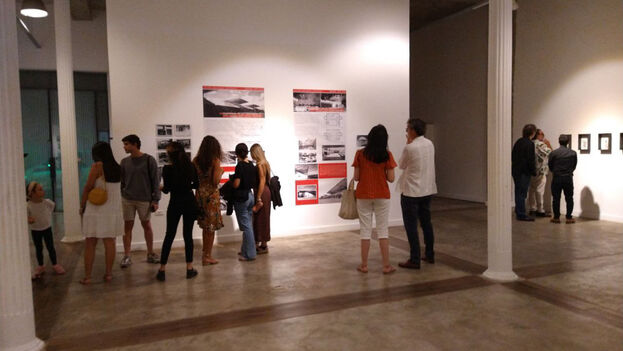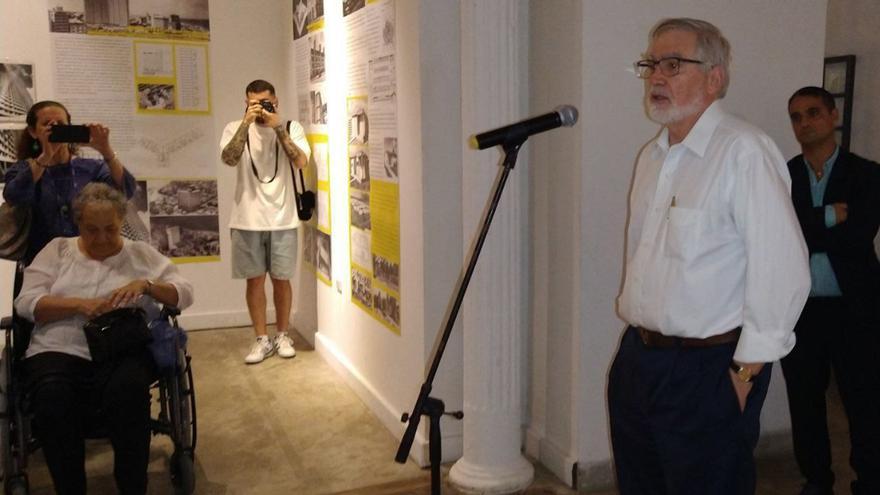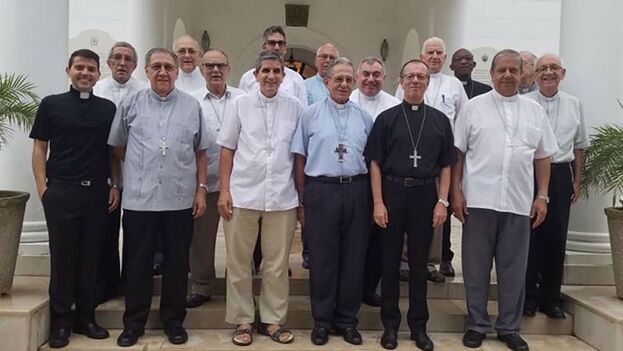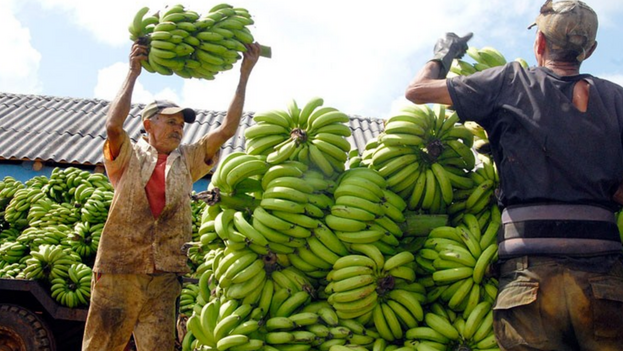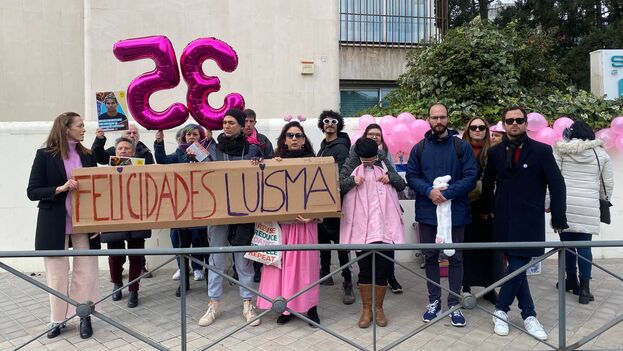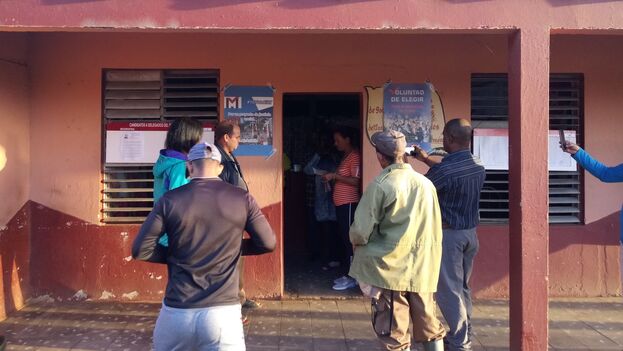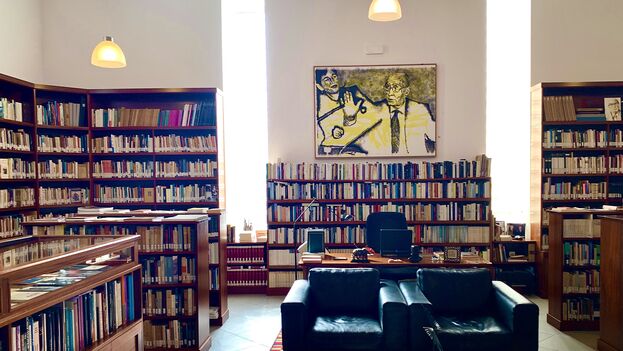
![]() 14ymedio, Xavier Carbonell, Salamanca, 4 December 2022 – A colleague of mine went to Lanzarote – the most eastern island of the Canaries archipelago – and on her return she sent me some photos of the house where José Saramago lived. I’ve always been an admirer of the Portuguese writer, famous for his large spectacles, his bitter, faithless prose, his reflective atheism and his fervour – scarred with age – for a communist utopia.
14ymedio, Xavier Carbonell, Salamanca, 4 December 2022 – A colleague of mine went to Lanzarote – the most eastern island of the Canaries archipelago – and on her return she sent me some photos of the house where José Saramago lived. I’ve always been an admirer of the Portuguese writer, famous for his large spectacles, his bitter, faithless prose, his reflective atheism and his fervour – scarred with age – for a communist utopia.
The house which I see in the photos is obviously not the house of a proletarian, but of an accomplished and wealthy novelist (he deserved it, without a doubt. He earned it – through his writing, not through government fawning and handouts). There’s a collection of beautiful inkpots on a shelf, pictures of some friends, the bed in which he died, a small green table where I’d like to sit and smoke, palm trees and cactuses on the patio, and, in the distance, a landscape which he described as “dark, and covered in bits of crushed lava”.
And books. Many books. Legions of heavy tomes which now rest on top of armchairs and bookshelves. Titles in various languages and from many cultures. Volumes, owned by a writer who travelled, dreamt and invented with intensity – though not about the other way in which we should live, dream or invent.
Not very much more than a few days ago – on 16 November – Saramago would have been 100. Few people remembered him in Cuba – a rough and volcanic island, much like Lanzarote – where the novelist was welcome, until he made a famous pronouncement which mortified Castro: “I’ve come this far” [“…and if Cuba is to continue their journey I’m staying behind”]. continue reading
I believe [when he died, in 2010] the National Library hung up a few posters and the usual crew got together to formalise his burial. Saramago donated the rights to his works to an island that ended up executing, much to his horror, the three Cubans who attempted to abandon our oppressive stone raft in 2003.
“The worst thing about Islands”, the lucid Portuguese novelist had written a couple of years earlier, “is when they start to imitate the sea that surrounds them. Under siege [from the sea], they [put their people under] siege”
Amongst the photos is one of Saramago’s bedside table. Underneath his spectacles, which now lie closed for ever, is one of his Lanzarote Notebooks: his diaries 1993-1997, which, either through boredom or excess of work, he abandoned. The following year, and after a long wait, the Swedes awarded him the Nobel Prize for Literature.
It’s a frenetic decade: the end of the century. In publisher Alfaguara’s classic edition of the Notebooks that I have in my hands, he reflects upon the hypocrisy of Diana Princess of Wales and Mother Teresa, the embarrassment of Gorbachev appearing in a pizza comercial and the failure of the communist project; there are transcriptions of letters from Christian believers, infuriated by The Gospel According to Jesus Christ and there’s an account of how An Essay on Blindness was written; in these, Saramago is intimate, courteous, ironic and endearing, as if he’s conversing at the little green table on his Lanzarote patio.
And of course there’s an abundance of references to Cuba, to Roberto Fernández Retamar – the grey prominent figure at the Casa de las Américas – to Cuban writer Cabrera Infante, to the Castro-Guevara duo, and to the local version of socialism during the ‘Special Period‘.
In May 1993, the young poet Almelio Calderón – in exile today – sent him a letter written in pencil. “Our editorial policy is very slow. At the moment there is a huge paper crisis”, he told him before admitting nervously: “There isn’t any”. Fueled by a hope for change that didn’t happen, the young man with no pen concluded by saying: “Here we are living through historical moments, very unique, very important, very intense, and I hope that history will know how to record them in its pages”.
I continue turning the pages. On 5 January 1994 a planned journey to the Island falls through, a journey which he interpretes as “the last opportunity to return to the socialist Cuba that I admire”. At the end of that year he even pledged to stand up for Castro with Clinton.
The most intense link with Cuba in the Notebooks was the obsession which took over him after reading the beautiful Muestrario del mundo (The World’s Sampler) by Eliseo Diego. In 1993, Eliseo -“one of the greatest poets of this century, and I’ve said this both inside and beyond Cuba”, Saramago noted, – had just won the Juan Rulfo Prize. Shortly after, death came knocking at his “modest door”.
Heartbroken by the friendship that was not to be, the novelist retired to his library to read all of Eliseo’s poetry works. And it’s here he makes a discovery: “Matías Pérez” – proclaims a known passage by the Cuban, and which sounds to him [Saramago] like an incantation – “toldero [a seller of canopies] by profession, what was there in your huge pretensions that took you away with such elegance and haste”.
He feels the possibility of a new novel like it were a command from the dead. “Matías Pérez, who are you?” he notes down various times – in Lanzarote, in Lisbon, in Madrid or in Río de Janeiro. He dreams about the hot air balloon and starts to investigate – “I wanted to know the how and the when of such an appealing story” – and he writes to Retamar asking him for a clue, a lead, a ’silhouette’ of this Portuguese guy who disappeared forever over the rooftops of Havana. “Who knows, maybe I’ll go to Cuba to uncover the mystery of Matías Pérez. If not, I’ll just have to invent him, from head to toe”, he notes, and throws in the towel.
The end of the story is, I’m afraid, not very romantic. The sinister Retamar replies years later with a letter. Inside the envelope, carefully folded, there is a newspaper cutting about Matías Pérez, written in almost forensic tones, ending with: “The military authorities of the day carried out a thorough investigation. There was no trace. But months later, the remains of a hot-air balloon were found, in the coastal keys close to the Pinos Islands”.
Saramago must have destroyed the actual article – who knows whether or not he was instructed to by ‘inspector’/ curator Retamar, in order to deter him from writing the story – the ‘Havana novel’ that José Saramago might have written. Retamar, like Mephistopheles, later came to demand a favour: in exchange for that newspaper cutting he wanted a “brief portrait” of Guevara for his magazine.
On 2 July 1996, in his Lanzarote library, Saramago mentioned Matías Pérez for the last time: “If I get the time and I keep my determination up, perhaps one day I’ll get out and look for him”.
Translated by Ricardo Recluso
*Translator’s note: Matías Pérez was a nineteenth century Portuguese-born Cuban, who was a canopy tradesman and an amateur balloonist, who disappeared mysteriously during one of his balloon flights from Havana.
____________
COLLABORATE WITH OUR WORK: The 14ymedio team is committed to practicing serious journalism that reflects Cuba’s reality in all its depth. Thank you for joining us on this long journey. We invite you to continue supporting us by becoming a member of 14ymedio now. Together we can continue transforming journalism in Cuba.

